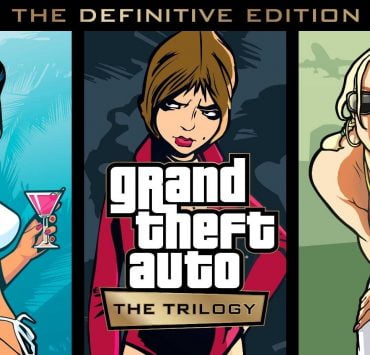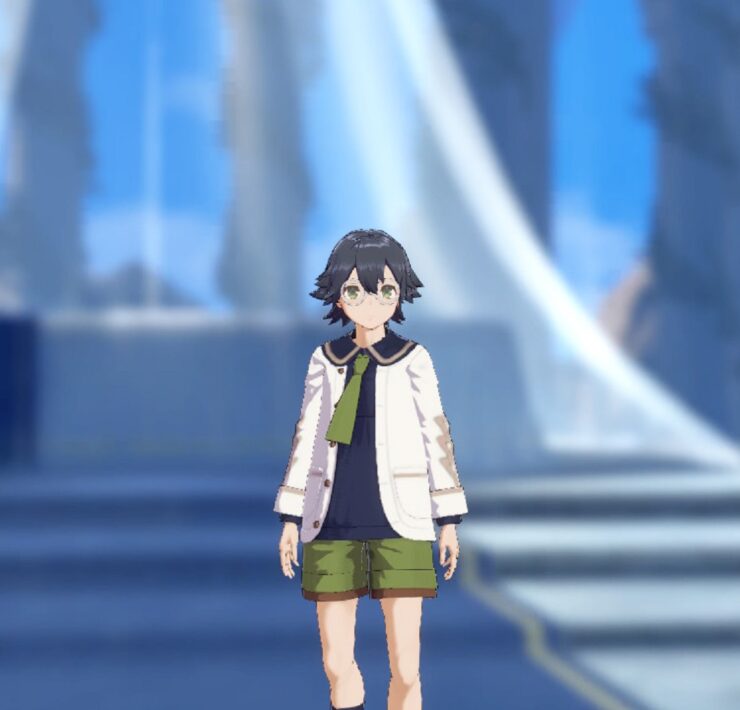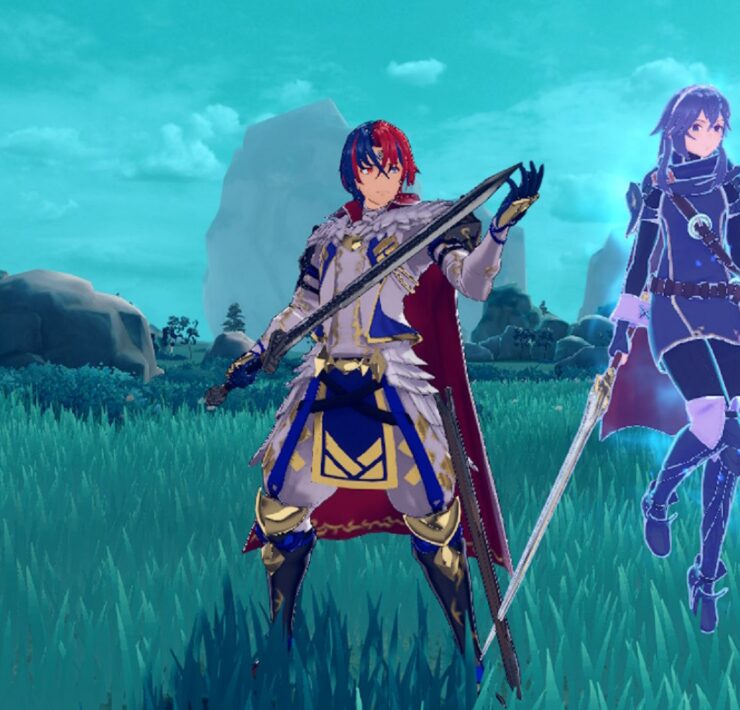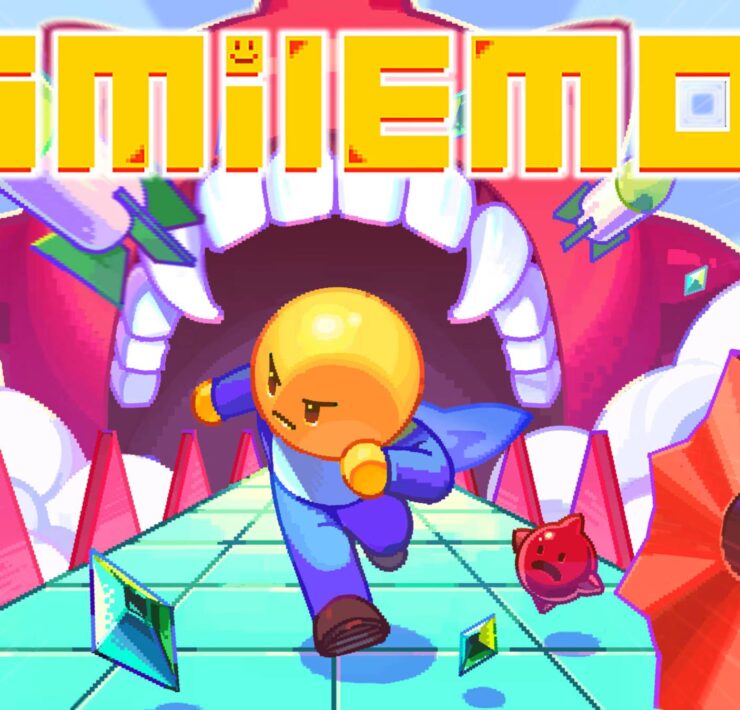Metroid Dread Review – Samus is Finally Back
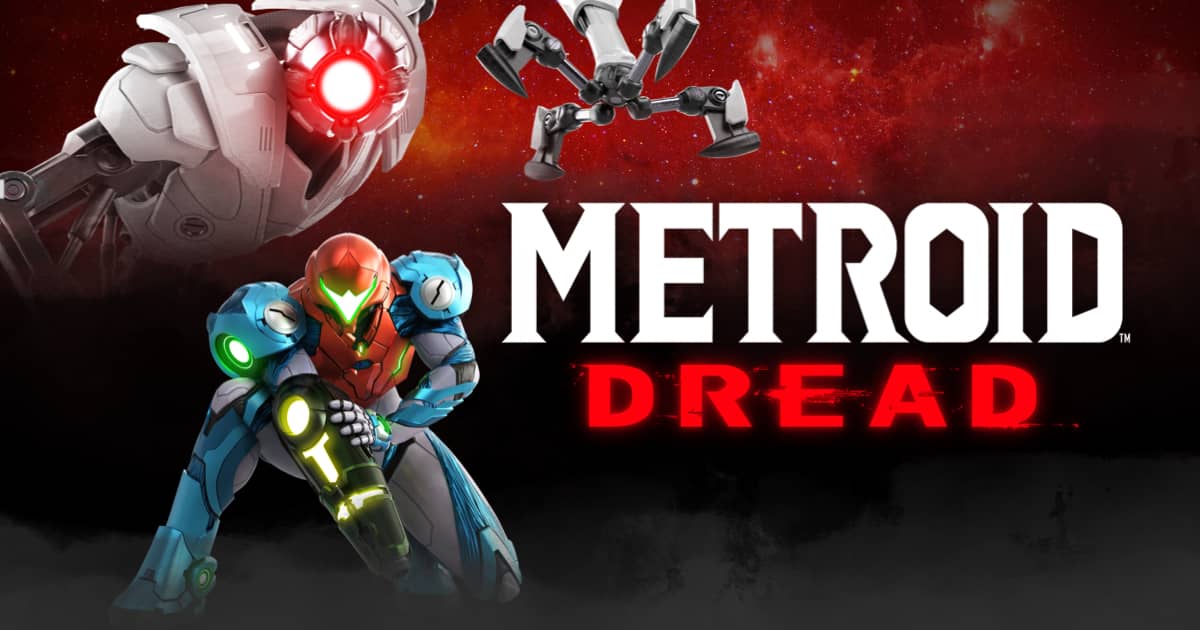
Some gamers may be unaware, but the story of Metroid Dread is the end of a 35-year arc that started back in 1986 on the NES with the aptly titled Metroid. The 2D Metroid series is arguably the best, and it looks like Nintendo is finally bringing this storyline to a close and answering a lot of questions fans have had for literal decades. Nintendo has done an excellent job building towards this release with their Metroid Dread Reports, and I can confidently say that this is the best Metroid game to release in over 25 years.
It is sadly time to put to rest one of the greatest sci-fi stories in gaming history, but we need closure. Samus needs to be elevated again, the Chozo need some spotlight, and the Metroid series needs a shot to the arm by combining elements that made it amazing in Metroid, Metroid II, Super Metroid, and Metroid Fusion while also bringing in new ideas.
This is Metroid Dread.

In Metroid Dread, you once again play as Samus Aran, an intergalactic bounty hunter who was under the impression that she had successfully eradicated the shape-shifting and extremely hostile X Parasite in Metroid Fusion. But after receiving an unsourced video transmission from the planet ZDR that suggests otherwise, Samus heads there to investigate and very quickly finds herself deep beneath the planet’s surface, away from the safety of her ship and in a fair bit of trouble thanks to a powerful figure in Chozo armor that ends up defeating Samus effortlessly and causing our hero to suffer from physical amnesia (AKA losing all of her abilities and having to start from scratch again).
The Metroid series is not so much known for its in-game storytelling as much as it is about the lore surrounding everything. Metroid Dread is no different, as it keeps the storytelling short and focuses mostly on the fighting and surviving. That does not mean Dread is lacking in story, because like most titles in the series, the details are in the fabric. The notes, the random alien insignia, your AI known as ADAM, the technology of the Chozo, and even the enemies continue to build a universe that started way back in 1986.
For those looking for a story that is going to blow your mind, this way not supplement that need. Instead, Metroid Dread is for fans that enjoy exploring, paying attention to the hidden details, and connecting dots to a relatively convoluted universe. Long-term fans are going to find joy in just about every corner of the game while newcomers may be scratching their heads a bit or missing things completely. Either way, Dread is still an excellently told story that returns Samus to her former glory and brings a close to one of the most interesting lore builders in gaming history.
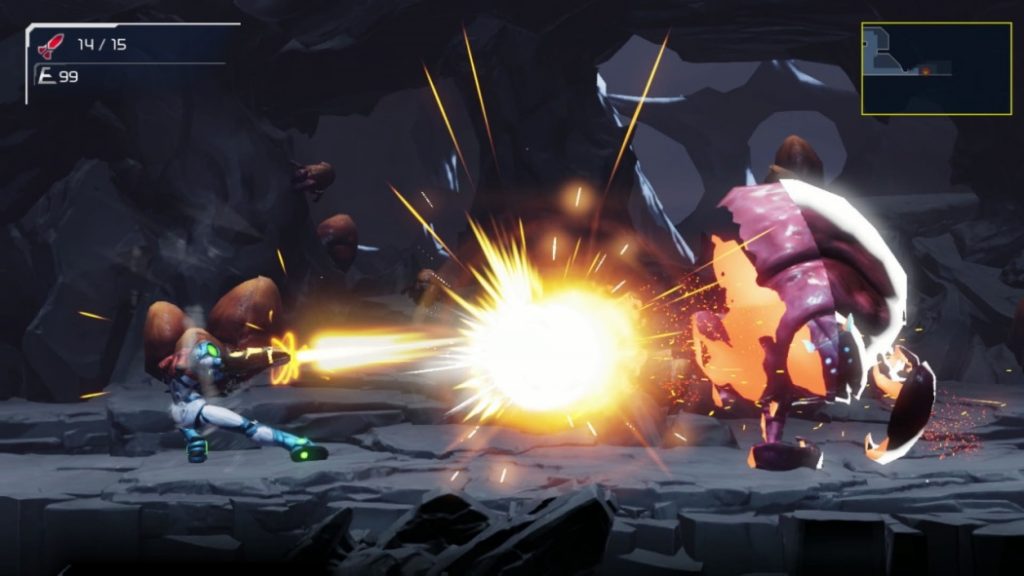
Metroid Dread continues in the excellent gameplay the series is renowned for. This is a Metroidvania (Of course) whose interconnected world gradually unlocks as Samus regains items and abilities that grant her access to previously inaccessible areas. Along the way, there are also enemies, secrets, and bosses to keep you on your toes as you continue your exploration of Planet ZDR. This is not a reinventing of the wheel, but it sure as hell is a damn-near perfect wheel, that’s for sure.
One of the refining points is Samus’s movement. My goodness. This is the best she has ever moved. The way she runs, jumps, climbs, slides, etc is so fluid that it is impossible not to notice how wonderful this game controls. Encountering enemies in dark and damp areas has the same terrifying feel as previous entries, but controlling Samus this time around has never felt better. Fighting enemies, escaping from E.M.M.I. robots (More on that later), and just using the various abilities to explore feels so good that I honestly cannot even recall a single moment in the game where the controls bothered me. Flawless.
A couple things that return from the Metroid II remake on the Nintendo 3DS, Samus Returns, are the ability to free aim the arm cannon and the melee counter. Although I rather enjoyed the free aim on the 3DS title, something about it on Dread is significantly better and feeds right back into that fluid and graceful feel I mentioned before. The melee counter is a relatively controversial addition to Dread, as it did feel like it lessened the power of the arm cannon during Samus Returns‘ gameplay. However, and I am so happy to report this, but the melee counter is not a necessity in Metroid Dread and instead feels more like a useful ability instead of a gimmick shoved down the throat.
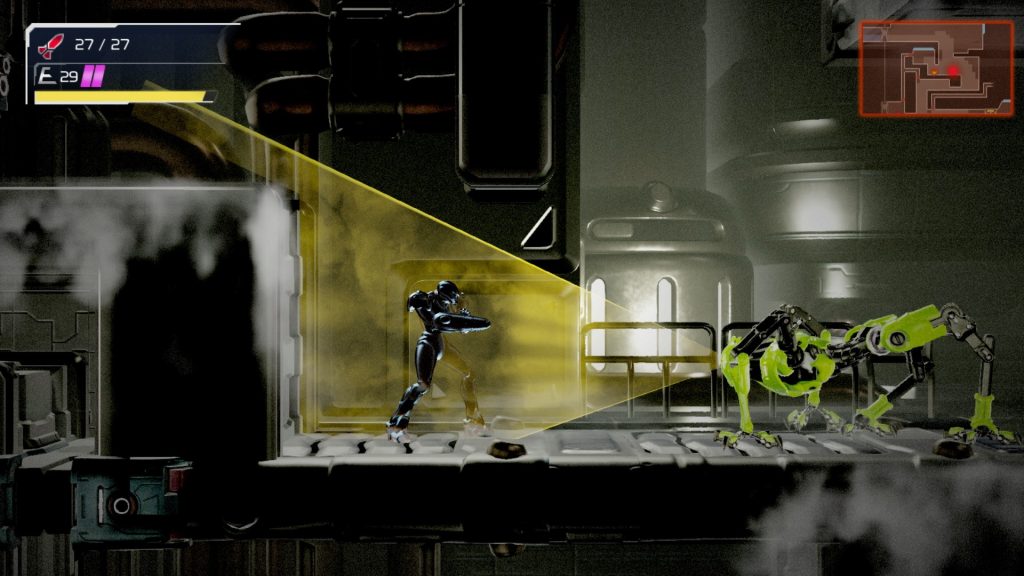
One of the greatest new additions to the series are the E.M.M.I. robots, and I cannot stress how exhilarating these areas are. Thanks to Samus’s excellent controls in Dread, these escape sequences against the E.M.M.I. are mostly a matter of you keeping your distance and finding ways to get around and ultimately find a resource that changes your arm cannon to an “Omega Cannon” to take them out. These encounters add a real since of dread to the series, as getting caught by an E.M.M.I. can result in instant death. This makes these scenarios all feel similar to the SA-X scenarios in Metroid Fusion, but instead hiding from an evil parasite disguised as you, you are searching for safety in tight corridors from a robot hellbent on killing you (You know, horrific situations).
A couple things to note from these situations are melee counters and the new Phantom Cloak. Although I absolutely do not recommend it, there is a very brief window where you can melee counter an E.M.M.I. to stun them for a short period, giving you time to run away. If you can pull this off, it does feel amazing, although getting back to the action after an E.M.M.I. kills you is not so devastating. The Phantom Cloak, however, is a key component in hiding when you are cornered or in a tight spot. Basically, the Phantom Cloak, triggered by pushing in the right stick, lets you hide in plain site, but that does not mean you are invulnerable to E.M.M.I. attacks. If they can touch you, even if you are cloaked (Believe me, I know), they will still initiate the kill sequence.
Bosses are another highlight, as they usually are in the series, but this time around Metroid Dread borrows from previous games while also simultaneously making Samus feel even more badass. The bosses are wide and varied, and each of them are a great challenge, but I found the animation sequences that you can initiate via the melee counter to be some of the most satisfying. When these are activated, Samus will go into a cinematic movement where she interacts with the monster differently than usual, but these sequences are not automated. That means when you are prompted to shoot the boss, you actually have to initiate by pressing the fire button, otherwise Samus will look like a fool and hold her arm cannon out and not shoot. The bosses already feel bigger than life, but they are made even more enjoyable with these refined, interactive moments.

As far as exploration goes, this is your standard affair with a few extras sprinkled in. The map in Metroid Dread is humongous, and there are so many nooks and crannies to find energy parts, missile tanks, and so much more en route to finding appropriate power-ups that help you explore even more. This time around the map has a few zones specific to the E.M.M.I., and these are designated by pixelated doors that lead in and out of the areas. These E.M.M.I. zones are varying in size, but they do offer great space for the scenarios. Another note about the map is that even downloading data from a map station will not give you an exact look of the map. Instead, you get blocks that designate areas where there are interconnecting rooms, but you cannot see the actual shape of the room until you enter it.
This time around also introduces slopes for the first time, and they are really well designed to siphon Samus in the right direction, as Samus is unable to initially grip these sharp angles. However, a decent amount of the retrievable upgrade tanks are hidden in such areas, and it is possible to maneuver yourself into these places even before you get the necessary power-ups. This kind of design lends towards exciting moments where your gaming skills are celebrated as you are rewarded with an upgrade that will most definitely help you in the early game.
Another area that is expertly designed in Metroid Dread is how the atmosphere teaches you the ins and outs as you are playing. This is another area that the 2D Metroid series has always excelled at, and it is even more refined this time around. When you find something new, you have a natural recall most times to where that new thing can apply. When you meet enemies, simply observing them will teach you how to combat them. It is all a matter of paying attention and applying what you learned, so even though the Metroid series lacks a proper tutorial (There is a very basic one at the beginning of Dread), the way the game naturally plays is the perfect kind of tutorial that continues to teach you all the way until the end.
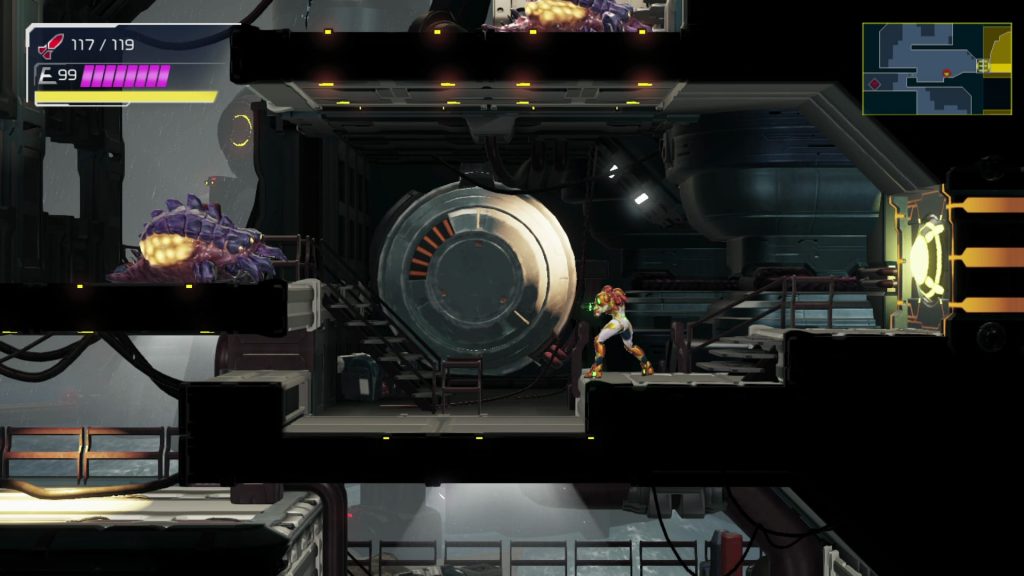
One of my favorite things from previous Metroid titles are the atmospheric and haunting soundtracks, and Dread nails this one down PERFECTLY. I could not believe that a newer Metroid game could outdo so many of the previous entries, but this may possibly be the greatest soundtrack in the series’ history. The familiar tones are still there, but the way this one presents those quiet and slow building tracks that set up particular scenarios is second to none. The clicking and beeping in the E.M.M.I. areas particularly are the stuff of nightmares, and boss themes are just as fantastic as usual.
A new addition to the 2D series is the use of voice acting, and ADAM, Samus’s AI, is fully voiced all the way through. Granted, it is a monotone, robotic voice, but it does add a whole lot to the overall experience and somehow even caters to the isolation that the series is known for.
As for graphics, Metroid Dread is about as gorgeous a 2D Metroidvania can get. The beautiful use of 3D images in the foreground with dynamic backgrounds gives so much more life to the series than ever before. Things like Chozo iconography, stellar lighting in differently lit rooms and areas, the particle effects on arm cannon shots and missiles, and even the almost mirror-like reflection on the E.M.M.I. robots’ shells all look incredible, but I have to unfortunately say that the visuals in docked mode are less than perfect. It is not bad by any means, but this is a rare occurrence where handheld mode actually looks better than docked mode in many cases, especially if you are playing on a higher definition screen, like 4K and 8K resolution TVs. It looks like it is 720p in both handheld and docked, so even on a 1080p setting will expose the graphical limitations.
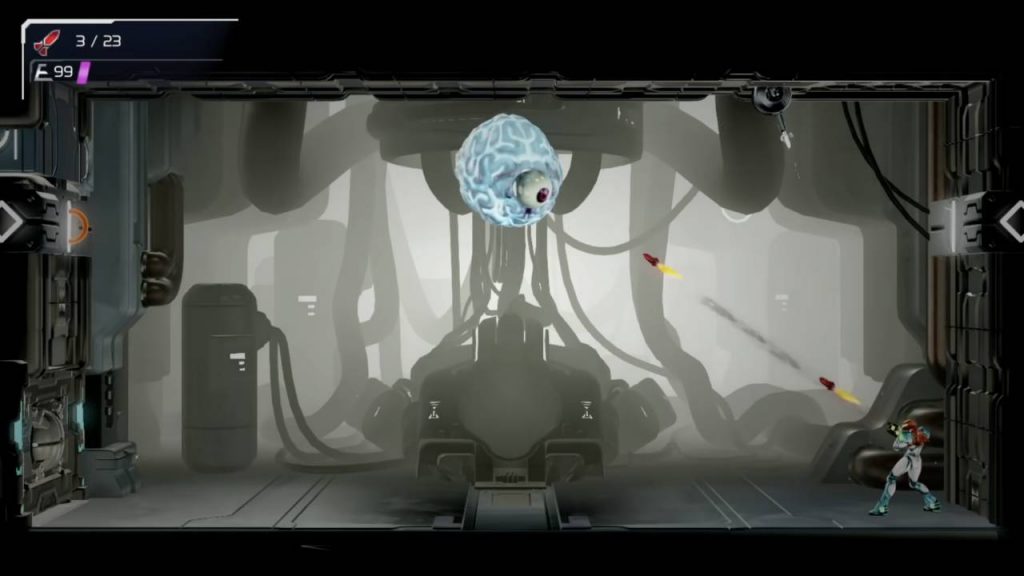
Despite that minor graphical blip in docked mode, Metroid Dread is the best Metroid since Super Metroid on the SNES. That is a bold claim, I know, but this is a title that goes above and beyond what any of us had hoped for back in 2007 when this title was teased for the Nintendo DS in a terminal message in Metroid Prime 3: Corruption. The combination of developers from both Nintendo and Mercury Steam have ultimately created the perfect Metroidvania team, and they have reminded us that the Metroidvania genre started with Metroid and Metroid Dread proves that the series is still the standard bearer.
Metroid Dread gets just about everything right, and without spoiling anything, this is a satisfying ending to this story that will please fans both old and new. The addition of the E.M.M.I. create some of the most intense moments in the series’ history, and the boss fights are truly some of the most fun and challenging ever. Samus has never controlled better, and exploring with her once again on the eerie Planet ZDR is a dream come true.
Samus is finally back, and she’s better than ever.
Metroid Dread Review provided by Nintendo Link
Review also found on OpenCritic
Publisher: Nintendo
Developer: Nintendo, Mercury Steam
Release Date: October 8th, 2021
Price: $59.99, £49.99, €59,99
Game Size: 4.1GB
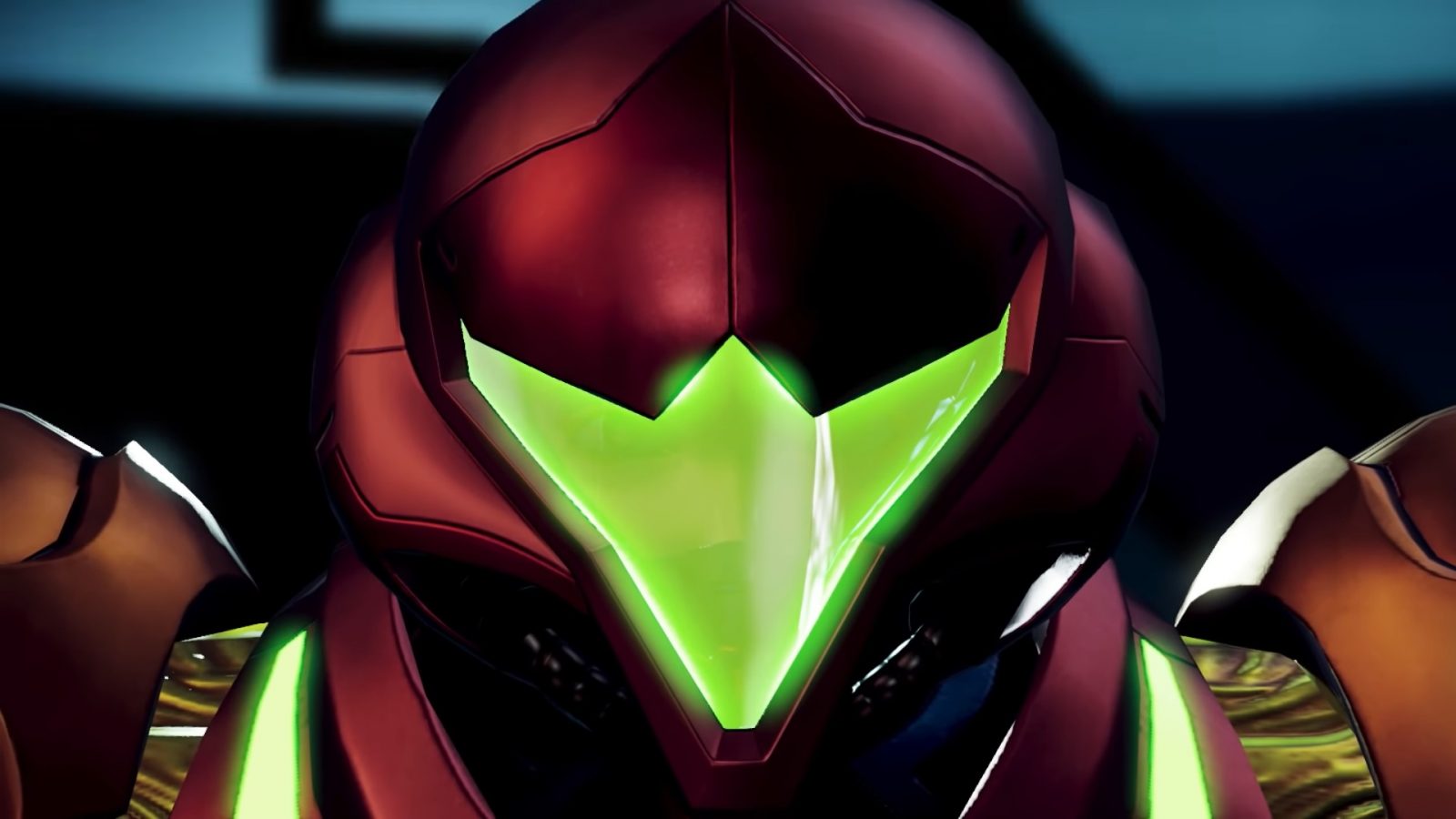
Fantastic and fluid controls
E.M.M.I. areas are intense
Samus feels strong again!
Planet ZDR is a dream to explore
Atmospheric and haunting soundtrack
It ends
Image quality is effected in docked mode played on higher definition televisions
What's Your Reaction?
My name is Jason Capp. I am a husband, father, son, and brother, and I am a gamer, a writer, and a wannabe pro wrestler. It is hard to erase the smile on this simple man.







